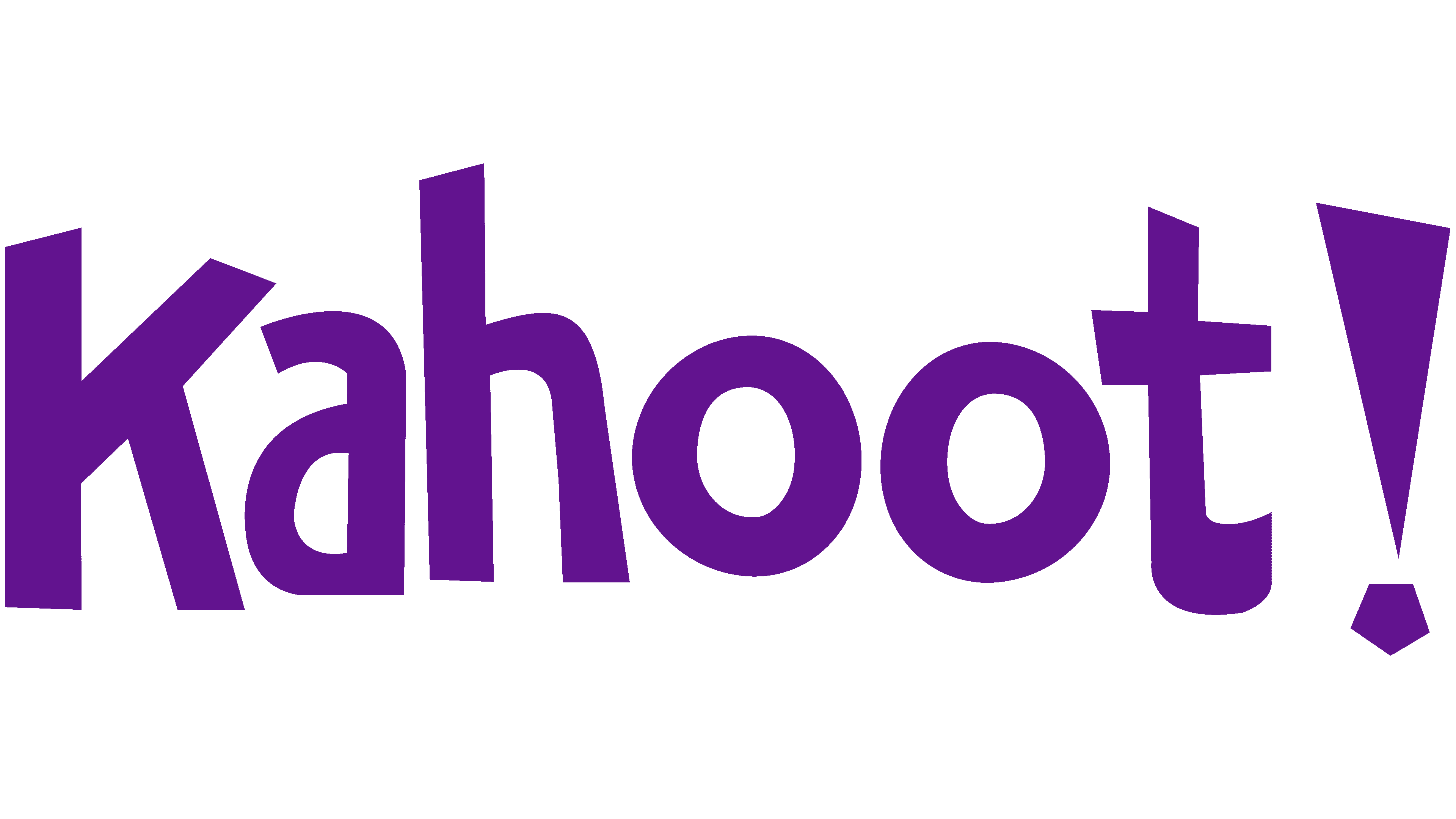Benefits:
For Instructors:
- For Instructors: Kahoot!’s learning games populate on-the-spot data, which can be downloaded by teachers and viewed in Excel; using Quizizz, teachers can view reports by students to see which questions they answered incorrectly or can view students’ responses by question.
For Students
- For Students: It is an incredibly engaging student-friendly teaching and learning tool with a mobile and tablet friendly, game-based pedagogy. With a simple and fast drag and drop interface, teachers and students can create and manage ‘Kahoots’ in the form of quizzes, surveys or polls.
Best Practices
- Ask students to explain the incorrect answers
- Get creative with images and videos
- Use the Kahoot as a hinge-point
- Change the order of your answers
- Play Kahoot as you teach
License Type and Support
- Siena currently does not maintain license relationship with Kahoot! Kahoot is free for student, teacher, and personal use; however, there are $1 and $3 upgrade options for teachers.
- Level of Support by AcadTech: Medium
Evidence of Efficacy
- Kalleny, N. K. (2020). Advantages of Kahoot! Game-based formative assessments along with methods of its use and application during the COVID-19 pandemic in various live learning sessions. J Microsc Ultrastruct, 8(4): 175-185. doi: 10.4103/JMAU.JMAU_61_20
- Licorish, S. A., Owen, H. E. Owen, Daniel, B., & George, J. L. (2018). Students’ perception of Kahoot!’s influence on teaching and learning. Research and Practice in Technology Enhanced Learning, 13(9). doi: 10.1186/s41039-018-0078-8
- Wang, A. I. (2015). The wear out effect of a game-based student response system. Computers & Education, 82, 217-227.
- Wang, A. I. and Tahir, R. (2020). The effect of using Kahoot! for learning – A literature review. Computers & Education, 149. doi: 10.1016/j.compedu.2020.103818
Similar Tools
- Poll Everywhere
- Quizlet
Resources
- Kahoot website: https://kahoot.com/
- Kahoot Support: https://support.kahoot.com/hc/en-us
- Kahoot Privacy Policy: https://trust.kahoot.com/privacy-policy/
- Kahoot Accessibility Policy: https://trust.kahoot.com/inclusion-accessibility-policy/
References
- Wang, A. I., & Tahir, R. (2020). The effect of using Kahoot! for learning–A literature review. Computers & Education, 149, 103818.
- Licorish, S. A., Owen, H. E., Daniel, B., & George, J. L. (2018). Students’ perception of Kahoot!’s influence on teaching and learning. Research and Practice in Technology Enhanced Learning, 13(1), 1-23.

